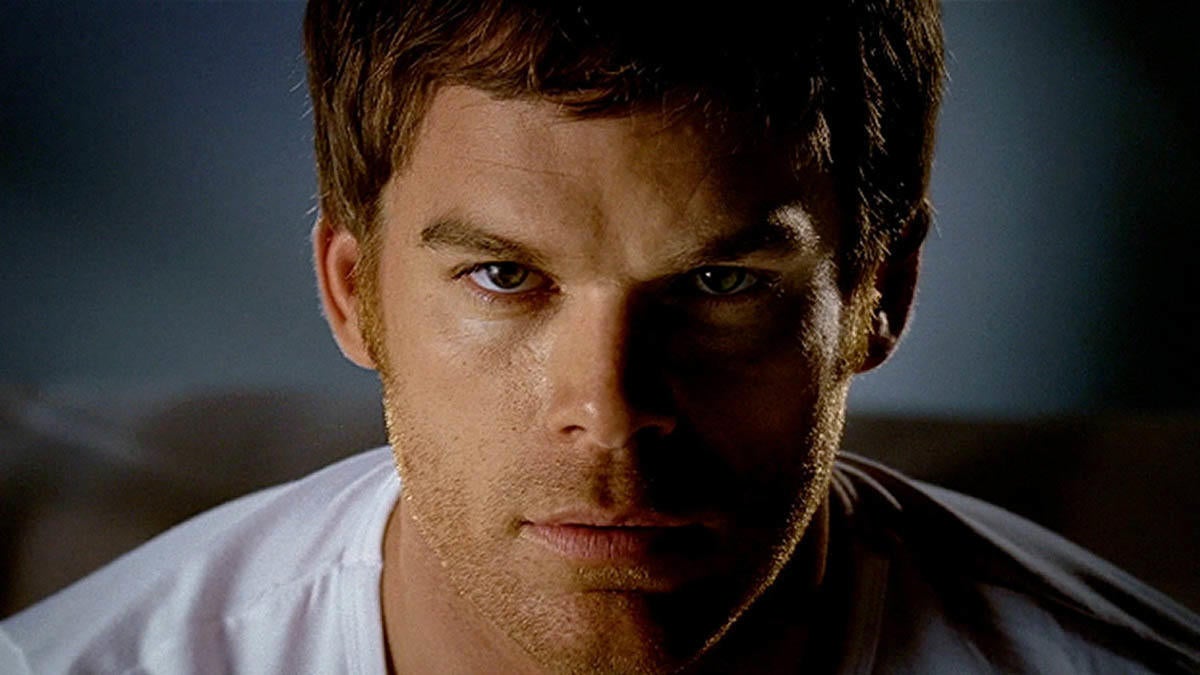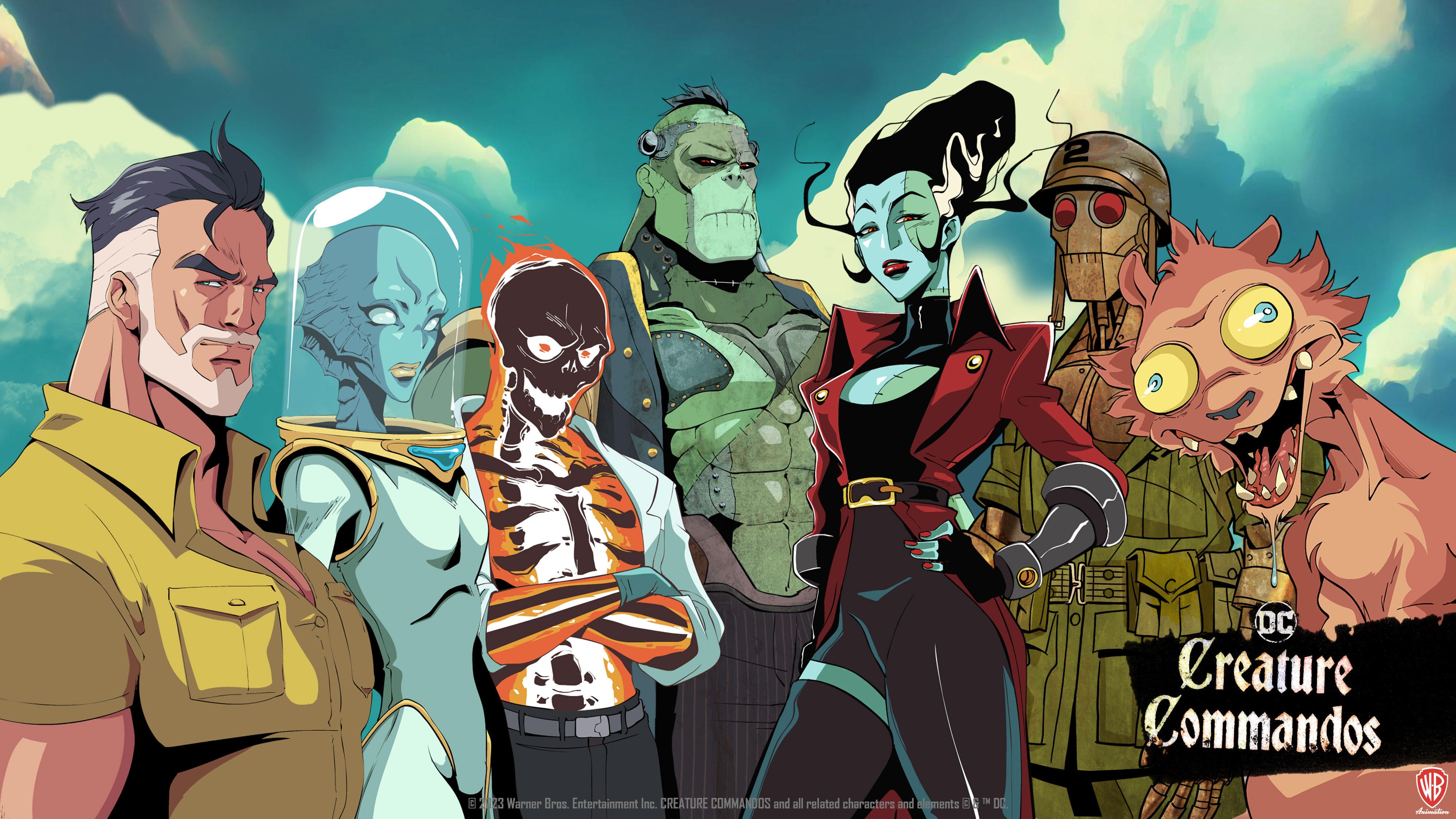'The Highest House' Makes the Case for Bigger Comic Books
IDW Publishing recently released the first issue of The Highest House. The series from writer Mike [...]
IDW Publishing recently released the first issue of The Highest House. The series from writer Mike Carey and artist Peter Gross moves their work together further into the realm of fantasy. It centers on a young boy named Moth who is sold into slavery in the kingdom of Ossaniul. He is taken to an enormous castle known as The Highest House, where he begins to see hints that magic might still exist as he learns his trade as a roofer. The story is a surefire hit for fans of Carey and Gross' prior work on series like Lucifer and The Unwritten, and will likely draw new eyes from young adult readers and other comics fans looking to break outside of the norm.

Variety Is the Spice of Life
One of the most interesting aspects of The Highest House is its publication history. In the direct market of American comics, most series follow a very similar path. They are initially published in individual issues measuring 10-and-⅛ inches high and 6-and-⅝ inches wide. All of them are stacked side-by-side on shelves or front-to-back in standardized long boxes to be sold. Eventually, many of them will be combined into paperback collections of a similar size or slightly larger hardcovers. There are plenty of small exceptions, but that is the standard for the overwhelming majority of comics you'll find in your local comic book store.
That's part of what makes The Highest House #1 stand out on shelves. It is approximately 11 inches high and 8-and-⅜ inches wide. That may not seem like a big difference on paper, but the effect can be startling when set among so many comics of the same dimensions or being read after months of similarly framed images. Part of this difference stems from The Highest House's country of origin. It was originally published in France as a 64-page volume, a familiar approach for that market. Bringing it to stores in the United States, that first hardcover has been split into a pair of 32-page issues.
It's a background important in understanding why this one issue looks different than every other "floppy" that came into comic book stores the other week. However, it's not the most important question raised by The Highest House. Once you're given an opportunity to read the first issue and study its page, the question quickly becomes: Why are more comics not like this one?

The Love of Reading
Comics have been a disposable form for a very long time. Looking back to their newsstand origins in the United States, it's obvious how they beat the pulp novels that preceded them. The images were more enticing, the books were easier to carry, and the price was more affordable. For a few cents you could roll up an issue packed with different stories and stick it in your back pocket to save for the lunch break, inside of a school book, or subway commute home. Comics were made to be consumed. What happened later didn't matter, which is why there are so few copies of even the most well-printed Golden Age comics remaining today.
That precedent isn't an accurate depiction of the present though. Comics have gone from being cheap entertainment to a diverse artform with growing recognition in schools and critical circles. There is still a place for affordable comics and a quick, fun read, but that's only one segment of the market now. Just like the wide array of novels you see when walking into a bookstore, from cheap, romance paperbacks to austere, literary hardcovers, comics present something for everyone. The single issue format doesn't generally support this conception of the medium in comic book stores though. Everything from a 25-cent introduction for a superhero event to the most critically celebrated new series come in a very similar package. Much of this boils down to efficiency and cost, but it's also a disappointment for readers.
The physical act of reading is genuinely special. Picking up a book, flipping through pages, feeling its weight in your backpack—all of these elements add to the unique place literacy holds within our culture. There's an idea that reading matters and the fashion in which what's read is presented matters too. We can delight in an oversized paperback of Shakespeare with dog-tagged and yellowed pages ready to fall apart just as much as we can in pristinely bound leather volumes set on a shelf to help pay tribute to The Bard. Each of these different forms says something about the same material. That is why the standardization of the single issue is a disappointment. It makes out all styles and forms of comics in the direct market to be the same. That is also what makes The Highest House stand out. It's mere presentation makes it feel like something special, both on the shelf and in your hands.

Emphasis on the Art
That's no parlor trick either; The Highest House is something special. Its increased size, especially width, makes for a more absorbing reading experience. The pages sprawl out before you and consume everything but the periphery of vision. When a spread of the titular location arrives, it lands with an enormous impact. That pair of pages invites readers to parse every detail and corner of the image, examining the castle and its many towers and adornments. The size of this single issue places the emphasis on the artwork of Peter Gross above all else.
In a creative environment increasingly concerned with art credit and an educational movement more focused on visual literacy, that sort of shift is important. It helps outsiders engage with great artists more readily. Details are enhanced by the size of the page and the work itself is presented in a more engaging fashion. There's no reason to wait for Artist's Editions to present the most unique aspect of the comics medium in the best possible fashion. For the works that garner this special sort of treatment, a higher price tag is naturally worth the price.
None of this is to say that there aren't benefits to having a standard format. Storage, printing costs, and publishing line similarity are all notable upsides. However, it does point out the objective lack of diverse presentation on the shelves of comic book stores. When looking at a week of new releases, everything appears the same, which can be just as damaging when new readers connect that observation to the comics medium itself. Not every comic should be different in presentation, but the direct market could definitely use some bigger comic books like The Highest House on shelves each week.




